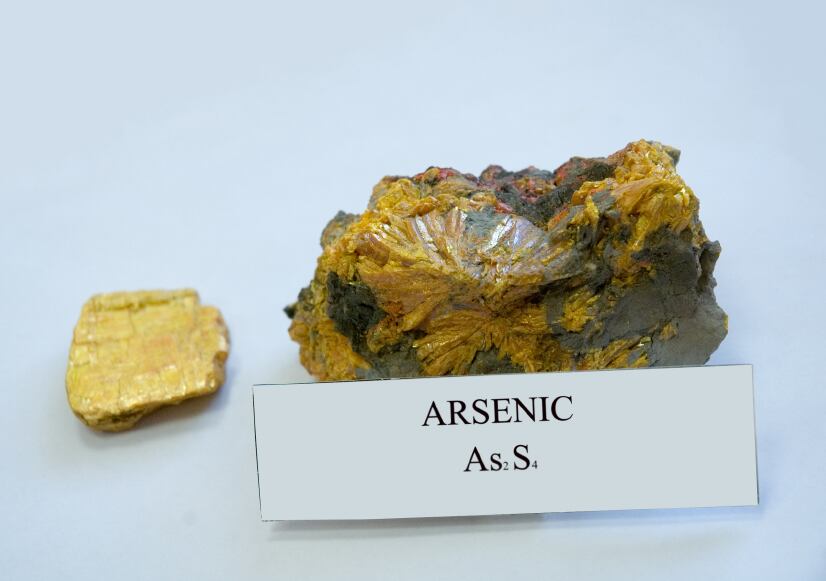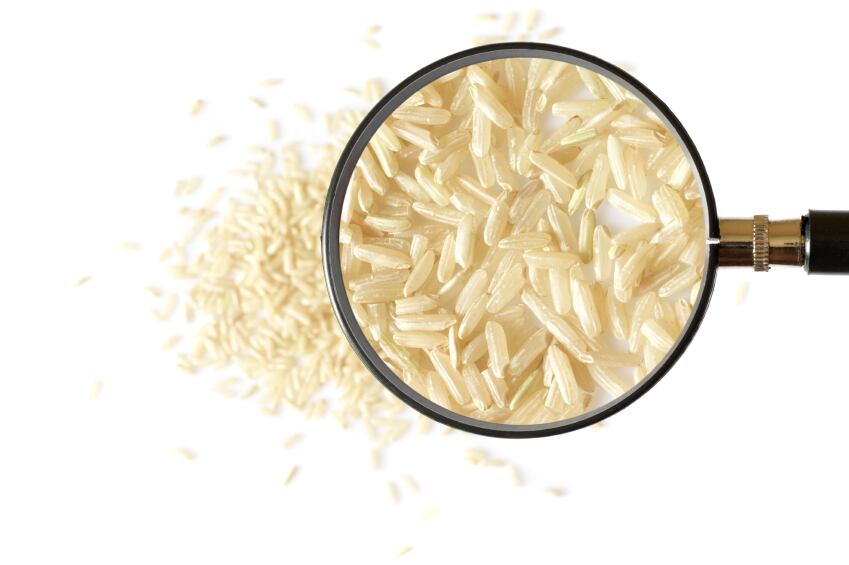Inorganic arsenic levels in foods are not currently regulated in the EU but this is set to change very soon. The European Commission filed a draft amendment on May 3, 2015 to introduce maximum limits of between 0.2 mg and 0.3 mg of inorganic arsenic per kilo of rice/rice-based foods. For products targeting kids, the maximum limits were set even lower - 0.1 mg per kilo.
The BfR research found levels of inorganic arsenic in rice cakes in Germany to be, on average, approaching the maximum limit threshold proposed by the European Commission (EC).
The BfR welcomed the EC’s move to regulate maximum levels in foodstuffs but warned that in the meantime levels remained high and industry should take action.
“Because inorganic arsenic compounds are classified as carcinogenic for humans, foodstuffs should only contain as little as reasonable achievable (ALARA),” said Andreas Hensel, president of the BfR.
The BfR suggested reductions were done by technical means or other measures.
Draft changes to the EC Regulation No. 1881/2006 are now open to comments for 60 days and the EC hopes to enforce changes on January 1, 2016.

What is arsenic?
Arsenic occurs naturally in the earth’s crust and is released through natural and anthropogenic processes, including the melting of copper and lead and the use of fossil fuels. It then enters the soil, groundwater and surface water, and can then be absorbed by plants.
In food, arsenic occurs both in the form of organic compounds (e.g. in fish and seafood) and inorganic compounds. Inorganic arsenic compounds are classified as carcinogenic in humans.
When consumed over long periods of time, even in relatively small amounts, they can result in skin changes and vascular and nerve damage, as well as being toxic to development and contributing to cardiovascular problems.
Rice cake woes
The BfR used a range of nutrition and survey data to assess inorganic arsenic intakes in the German population, including data from the National Nutrition Survey II which spanned 20,000 people aged 14 to 18 years; data from the Eskimo national study involving 2,400 children and adolescents aged 6 to 11 years; and the VELS study - conducted between 2001 and 2002 on 816 infants and toddlers under the age of 6 years.
Findings showed, levels of inorganic arsenic in rice and rice-based foods to be highest in rice cakes. The average levels or inorganic arsenic in rice cakes was 0.260 mg/kg of product.
“The reasons for the higher levels in certain rice products compared to grains of rice needs to be clarified,” Hensel continued.
Rice porridge and flakes used for infants came in next, with an average of 0.187 mg/kg, followed by brown rice with an average inorganic arsenic content of 0.141 mg/kg.
While the market awaited enforcement of maximum limits, the BfR suggested high-risk consumers adapted their eating patterns.
“Parents are advised not to feed their babies or toddlers exclusively with rice-based drinks such as rice milk or food such as rice pudding. Consumers who suffer from celiac disease or have an adverse reaction to gluten should avoid focusing solely on rice and rice products when choosing gluten-free cereals. In addition to rice, they could add other gluten-free cereals such as maize, millet, buckwheat, amaranth or quinoa to their diet,” it said.
Similar worries

In November, 2014, Channel 4 investigated inorganic arsenic levels in rice products, particularly those aimed at children like rice cakes and Kellogg’s Rice Krispies.
It found that 58% of products on the market would exceed recommended limits for children that were, at the time, being discussed by the EC.
However, a little earlier in the year (March), the European Food Safety Authority (EFSA) found levels of inorganic arsenic in food were lower than previously thought.
Discussions are also taking place in the US where one senator recently pushed forward legislation that would require the Food and Drug Administration (FDA) to set maximum levels of inorganic arsenic in rice and other rice products.
